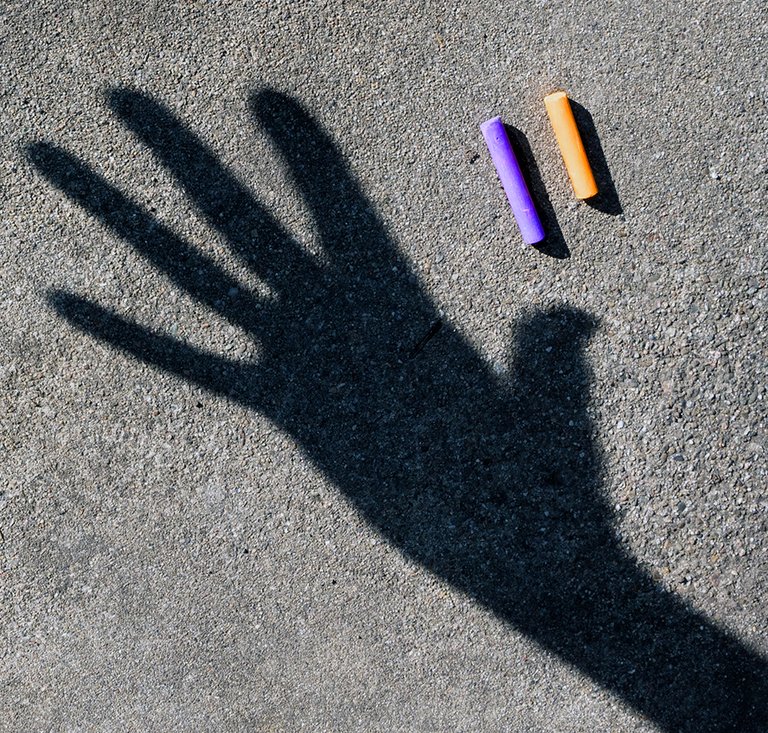Shadows are a fundamental part of our daily lives, yet we often take them for granted. They are created when an object blocks light, causing a visual absence of light in the surrounding area. But while we may think of shadows as simply a passive byproduct of light and objects, there is actually a deeper connection between ourselves and our shadows that we may not be aware of. In fact, it is possible that we ourselves could be the cause of our shadows.
One of the most obvious ways that we can cause our own shadows is through movement. As we move through space, the position of our body relative to a light source can change, causing the shadow to change as well. This is particularly evident when we move around in the sun, as our shadow stretches and shrinks depending on the time of day and the angle of the sun. But movement is not the only way that we can create our own shadows.
Our very presence in the world can create shadows, even when we are not moving. This is because our bodies are solid objects that take up space, and therefore block light. Even when we are standing still, the light that would have otherwise reached a surface behind us is blocked, creating a shadow. This concept is similar to an eclipse, the sun, moon, or any other celestial object blocks the light from reaching certain area creating the shadow.
Another way that we can create our own shadows is through our actions and decisions. Our choices and behaviours can have a profound impact on the environment around us, and this includes the way that light interacts with our surroundings. For example, when we cut down trees and build buildings, we are changing the way that light is able to penetrate and interact with the natural world. This can result in the creation of new shadows, or the altering of existing ones.
But the relationship between ourselves and our shadows goes deeper than just physical interactions. The psychological aspect of shadows also plays a role. Our emotions, beliefs, and inner states can influence the way we perceive and interact with our shadows. For example, when we are feeling anxious or insecure, our shadows may seem darker or more ominous to us. Similarly, when we are feeling confident and empowered, our shadows may seem less intimidating.
The connection between ourselves and our shadows is complex and multifaceted. We are not just passive observers of our shadows, but active participants in the creation and shaping of them. Whether through our physical movements, our impact on the environment, or our inner states, we are constantly influencing the way that light and shadow interact with our surroundings.
We are the cause of our shadows in many ways. From being a physical object blocking the light, to being the driving force behind changes in our environment, and shaping the way we perceive it through our emotions. It's important to remember that shadows are not just absence of light, it's a reflection of the way we interact with the environment around us. Next time you see your shadow, take a moment to consider the ways in which you yourself are shaping it, and the impact you have on the world around you.

Yay! 🤗
Your content has been boosted with Ecency Points, by @alotutan.
Use Ecency daily to boost your growth on platform!
Support Ecency
Vote for new Proposal
Delegate HP and earn more